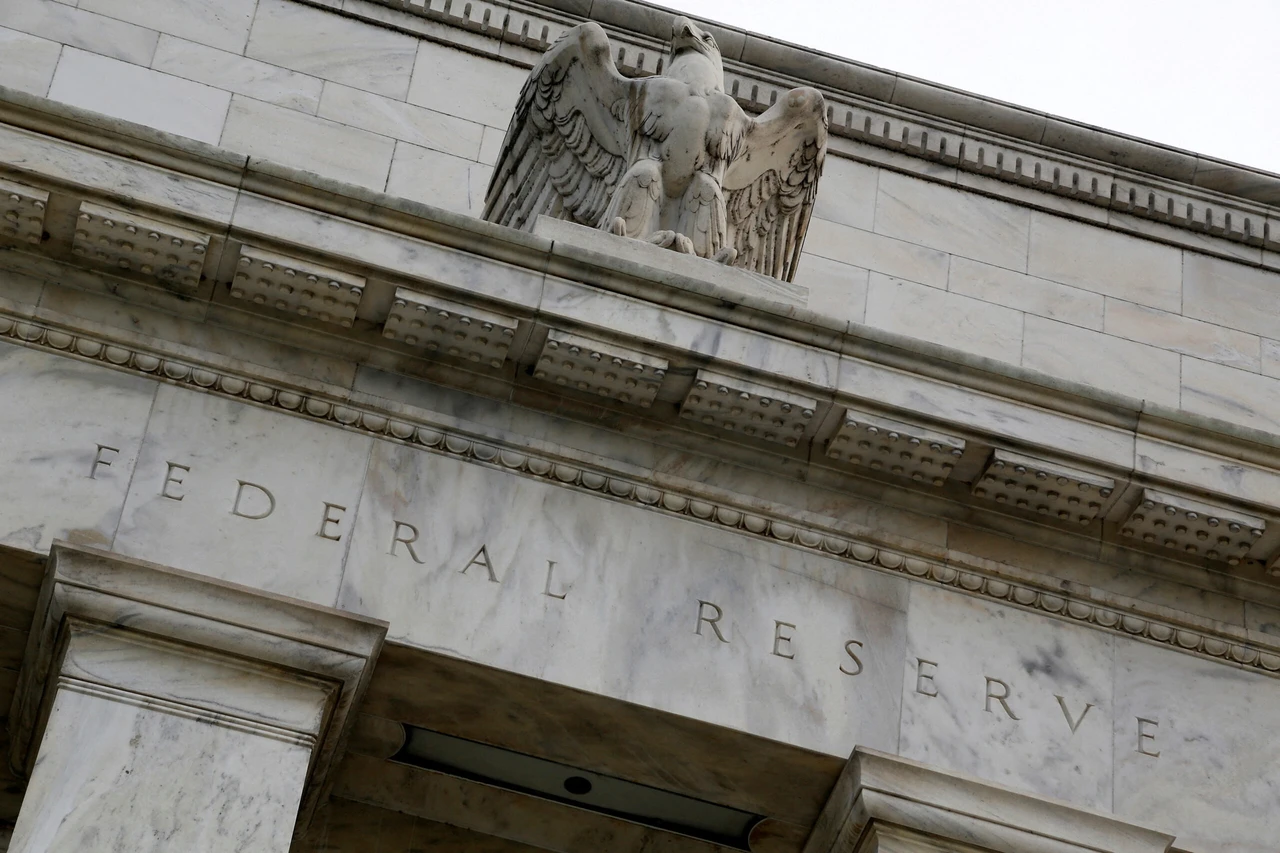Fed ‘likely’ to cut rates in September as inflation eases, minutes reveal
 An eagle tops the U.S. Federal Reserve building's facade in Washington, July 31, 2013. (Reuters Photo)
An eagle tops the U.S. Federal Reserve building's facade in Washington, July 31, 2013. (Reuters Photo)
Minutes from the Federal Open Market Committee (FOMC) meeting held on July 30-31 reveal that most members believe it would be appropriate to ease monetary policy if upcoming data aligns with expectations.
What happened: The Fed had previously held the federal funds rate steady at 5.25%-5.5%, the highest level in 23 years, following a period of aggressive rate hikes to combat inflation.
Fed Governor Michelle Bowman said on Tuesday that when it comes to September, “we should consider a range of possible scenarios that could unfold” on the monetary policy front, adding that there were “upside risks to inflation.”
Why it matters: The possible interest rate cut in September is a significant move following over a year of steady rate hikes aimed at curbing inflation. This shift reflects growing confidence among Fed officials that inflation is now moving towards the 2% target, while employment concerns are rising.
What is the current economic landscape in US?
- Inflation rate: In July, U.S. consumer inflation rose by 2.9% annually, a slight deceleration from the 3% increase in June. On a monthly basis, July saw a 0.2% rise in CPI, a reversal from the 0.1% decline observed in June.
- Employment data: The U.S. economy added 114,000 jobs in July, falling short of market expectations of 176,000. Unemployment increased to 4.3% from 4.1% in June, indicating a cooling labor market.
What is rationale behind Fed’s decision to cut rate?
Rate cut justification: Several FOMC members noted that the recent progress on inflation and the rise in unemployment provided a “plausible case” for reducing the target range by 25 basis points during the July meeting.
- Fed Chair Jerome Powell, during a post-meeting press conference, emphasized that rising confidence in inflation control and a solid labor market could support a rate cut in September.
Economic outlook: Fed staff revised economic forecasts, highlighting a weaker growth outlook in the second half of 2024, driven by weaker-than-expected labor market data.
- The minutes also pointed out that employment risks have increased, while inflation risks have diminished, a sentiment echoed by most Fed officials.
How about risk of employment and inflation?
- Employment: Several Fed officials expressed concerns that further easing in labor market conditions could lead to a more severe downturn, potentially impacting economic activity and employment.
- Inflation: Others cautioned that reducing policy restrictions too soon could risk reigniting inflationary pressures, particularly if demand picks up unexpectedly.
What’s next?
The Fed’s next meeting is scheduled for Sept. 17-18, where the decision to cut rates could be made based on the latest economic data. All eyes will be on upcoming inflation and employment reports to gauge the likelihood of this policy shift.



